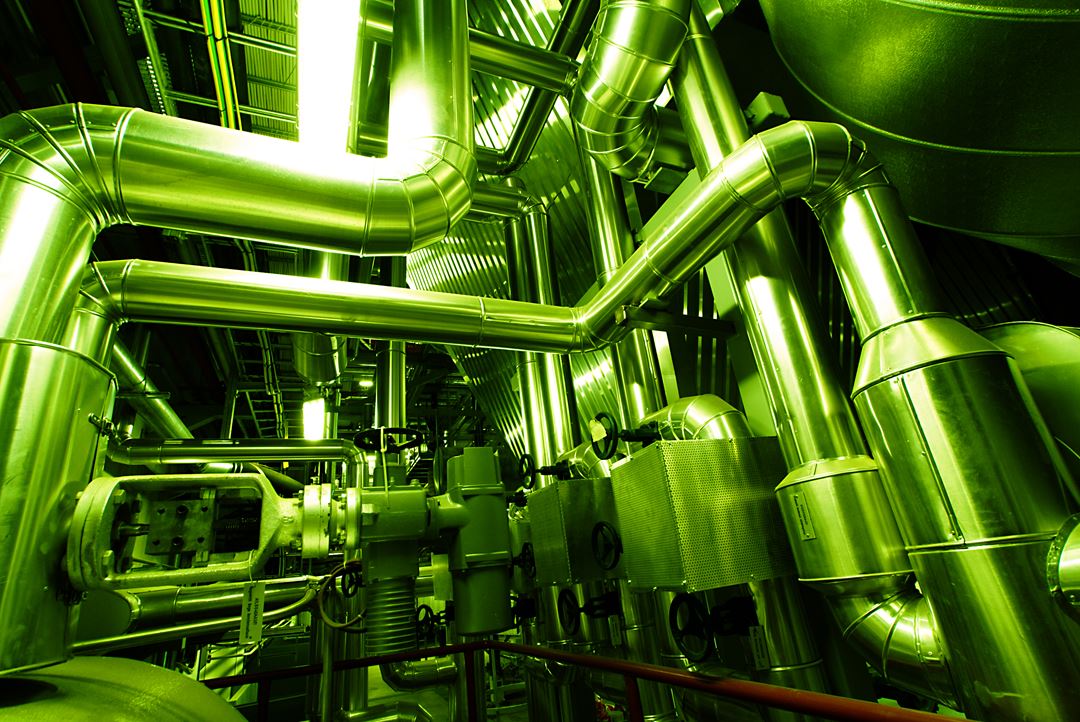The metallurgical industry is a large emitter of CO2 both nationally and internationally, and in Norway these emissions make up 10 percent of the total emissions. Carbon is an intrinsic component of current industrial metal production processes as a reducing agent, causing the high CO2 emissions. A radical change is required for climate neutral metal production.
Hydrogen has been proposed as a realistic carbon substitute in some metal production processes, but so far no one has been able to find a way to substitute carbon in silicon and manganese production. The HyPla project will pioneer this field by using hydrogen in the plasma state to reduce silicon and manganese ore. By switching from carbon to hydrogen plasma we can reduce metaloxides effectively and reduce the process related CO2 emissions to zero.
The main objective of the HyPla is to lay the theoretical and experimental foundation for hydrogen plasma metallurgy, and to demonstrate its viability in production of metals where hydrogen gas is not an option. The project will consist of theoretical investigations, equipment design, laboratory experiments and design of pilot scale experiments. Some of the sub-objectives are:
- Design and build a small-scale set up for hydrogen plasma reduction experiments.
- Evaluate several metal systems with regards to hydrogen plasma as reducing agent
- Demonstrate the technological feasibility of metal ore reduction with hydrogen plasma.
- Perform initial evaluations of the economic and environmental sustainability.
- Do the theoretical groundwork for, and design, a pilot-scale equipment for continuous metal production.

